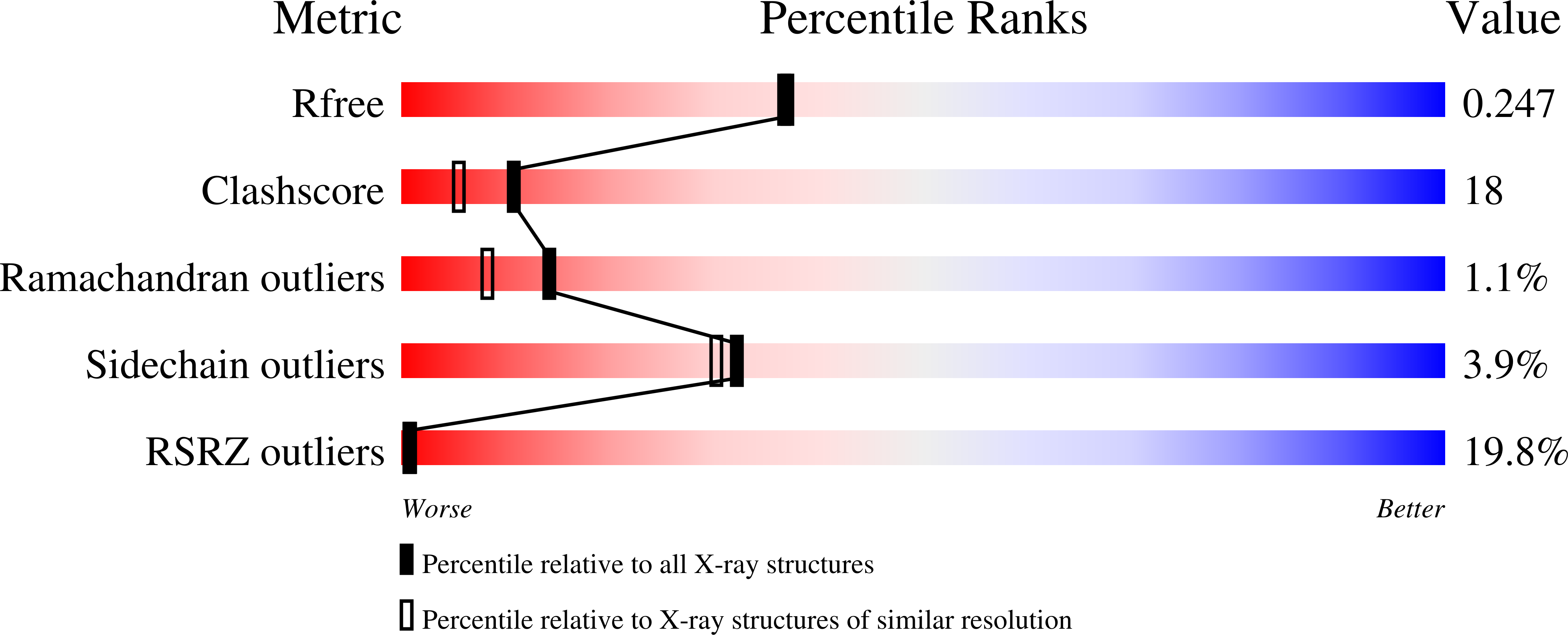
Deposition Date
2020-05-19
Release Date
2020-11-25
Last Version Date
2024-03-06
Entry Detail
PDB ID:
6X23
Keywords:
Title:
PDZ domain from choanoflagellate SHANK1 (mbSHANK1) bound to GIRK3 peptide
Biological Source:
Source Organism:
Monosiga brevicollis (Taxon ID: 81824)
Homo sapiens (Taxon ID: 9606)
Homo sapiens (Taxon ID: 9606)
Host Organism:
Method Details:
Experimental Method:
Resolution:
2.15 Å
R-Value Free:
0.25
R-Value Work:
0.20
R-Value Observed:
0.20
Space Group:
P 21 21 21


